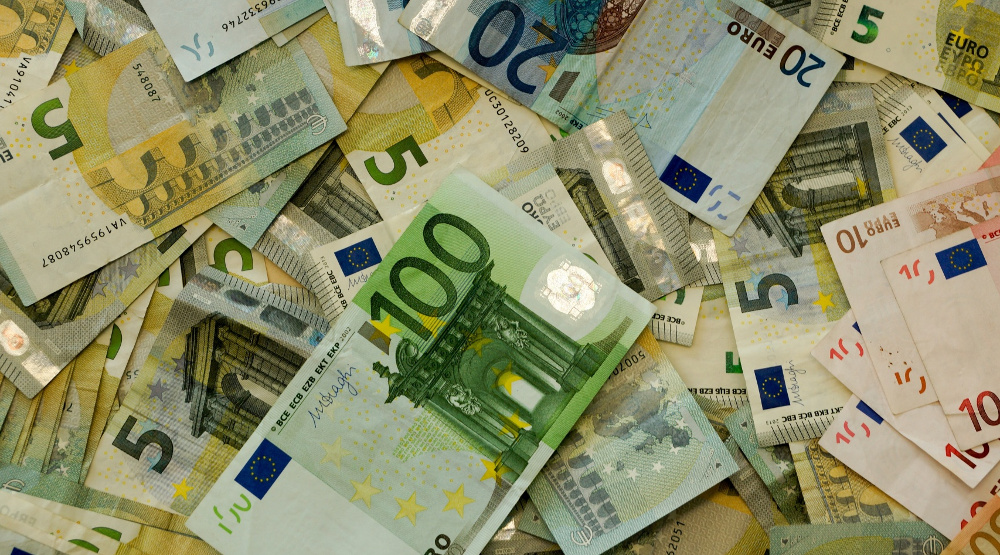
There has been good news and bad news for the Irish jobs market during the year. Since Brexit there has been economic uncertainty in the UK and Ireland. Given this, IBEC has revised its growth forecasts for the Irish economy. IBEC reduced their growth projections for 2017 from 3.2% to 2.8%.
Although many companies have made contingency plans to leave the UK after Article 50 is triggered and the UK begins formal negotiations to withdraw from the European Union, it is unclear how many of them will choose to relocate to Ireland.
Gerard Brady, a senior economist with IBEC said: “To date, Ireland’s impressive growth has been spurred on by relatively strong US and UK performances, a benign global backdrop, low interest rates, falling oil prices and favourable exchange rates. But the world is becoming more unstable, politically and economically. We can no longer rely on these external factors.”
IBEC also warned that concerns over Brexit are threatening Irish-owned businesses. In particular, a weak sterling against the euro is damaging the profitability of Irish SMEs who export to the UK.
“The impact of sterling’s collapse on indigenous exporters is a massive worry. Output in food manufacturing, our largest indigenous export sector, fell by 2% annually in the first three quarters of the year and turnover was down by over 2.8%,” said Brady.
Its not all bad news. IBEC believes that employment levels will continue to improve. The group expects that jobs growth during 2017 will see employment levels return to their 2006 peak by the end of the year.
Most noteworthy was the growth in multinationals, says IBEC, which are responsible for driving Irish economic expansion.
In addition, a report published in early December found that 84% of employers in Ireland plan on recruiting staff in the next year.
In September, figures from the CSO showed that the unemployment rate dropped by 12.5%. This was the 17th consecutive quarter in which unemployment declined. During 2016 an additional 57,500 people in Ireland found jobs. The greatest increase came from full-time employment. Full-time positions accounted for 44,800 jobs, while those in part-time employment grew by 12,800. Furthermore, the vast majority of these jobs were outside of Dublin.
The biggest rates of increase were in the accommodation and food service activities, which saw an increase in employment of 9.6%. The construction sector saw jobs growth of 7.3%.
The Irish construction industry continues to grow. It has been one of the best performing sectors of the Irish economy in 2016. As a result, the sector has been struggling to fill open positions. Therefore, the Construction Industry Federation is targeting Irish construction workers living overseas. Furthermore, a CIF report states that construction can sustain an extra 112,000 jobs up to 2020.
There was more good news from Ireland’s tourism sector. This has been a record year and an estimated 10.5 million people will have visited Ireland before the end of 2016. This is a significant increase over the approximately 9 million people who visited in 2015. According to Tourism Ireland, 2017 is set to perform even better.
There has been a significant number of jobs announcements over 2016. Here are some of the largest announced in the last quarter of 2016.